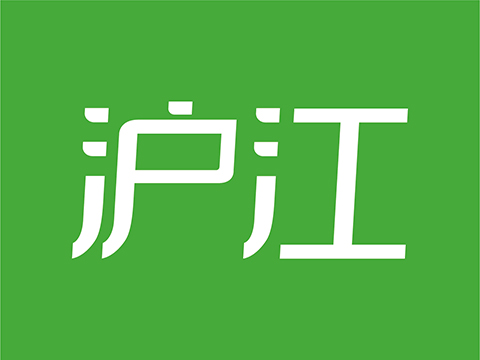The skirt-like kilt which is familiar to us today evolved around the middle of the 18th century from the more commonly worn and functional belted plaid (in Gaelic, feileadh breacan or feileadh mor, "the big kilt").
如今广为人知的短裙般的苏格兰方格呢裙最早出现在18世纪中期左右,是从当时穿着比较普遍又实用的束带格纹呢子披肩(盖尔语称feileadh breacan 或feileadh mor,意思是“大格呢裙”)演变而来的。
The original kilt 最早的方格呢裙
The feileadh mor was a longer untailored garment, around five metres in length, which was gathered and then belted at the waist to provide cover for both the upper and lower body. From the waist down, the feileadh mor resembled a modern kilt while the remaining material above the waist was draped over the shoulder and pinned there.
大格呢裙是一种未经剪裁的长款外衣,长约五米,缠绕全身后在腰部扎上束带,可以同时遮盖上下身。从腰部以下看,大格呢裙与现代的方格呢裙类似,而腰部以上的其余布料则搭在肩上并扣牢。
This upper portion could be arranged in a variety of ways around the shoulders according to the demands of weather, temperature or freedom of movement required. At the end of day, the belt could be unbuckled to transform the feileadh mor into a warm covering for the night. The Gaelic plaid actually means "blanket".
上半身在肩部的束扎方式有很多种,视天气、温度或活动的自由度需要而定。到了晚上,解开腰带后,大格呢裙又可以变成一张毯子,用于抵御夜间的寒气。在盖尔语中,格呢披肩其实就是“毯子”的意思。
The kilt evolves 方格呢裙的演变
The feileadh mor was simplified by disposing of its top half, leaving the belt and the skirt below. The resulting creation became known as the feileadh beg, or "little kilt".
通过舍弃上半身而只保留腰带和下半身的裙子,大格呢裙得以简化,由此形成的服装被称作feileadh beg,即“小格呢裙”。
This was reputedly at the behest of an Englishman running an ironworks at Invergarry who felt his kilted employees needed a greater freedom of movement to do their work. Whatever the impetus for change was, the kilt now became a tailored garment with sewn-in pleats, making it neater and far more easy to put on and wear. The upper half of the big kilt evolved into the separate plaid (or sash) which is now worn at more formal events.
据说该设计是应英国因弗格瑞一位钢铁厂老板的要求而做,他认为穿方格呢裙的员工在工作中需要更大的肢体自由。不管变化的原因为何,方格呢裙如今已经成为需量身订制的打褶服装,更为整洁且容易穿着。大格呢裙的上半身则逐渐演变为单独的格呢披肩(或肩带),如今多在较为正式的场合穿着。
Proscription and survival 废除和存续
Following the Jacobite defeat at Culloden in 1746, the kilt and and other aspects of Highland dress were outlawed and its continued survival during these years was largely due to its adoption by Highland regiments serving with the British army. Highland regiments still wear the kilt on regular basis (although no longer into battle) but it is not an everyday article of dress in Scotland.
1746年,詹姆斯党人在可洛登战败后,方格呢裙和其他高地服饰都被禁止穿着;在那些年里,方格呢裙能够存续下来主要由于高地军团在为英国军队服役时仍穿着它们。高地军团如今依然定期穿方格呢裙(当然不再穿着参加战斗),但这已非苏格兰人的日常服饰。
Visitors are more likely to see kilt-wearers at formal celebrations such as weddings and at Highland Games or similar gatherings. And although the kilt is typically regarded as being Highland dress, more kilts are now worn in the Lowland cities than in the Highlands.
游客在正式庆典上看到人们穿着方格呢裙的机会更大一些,比如婚礼、高地运动会或类似的集会。虽然方格呢裙被看作是典型的高地服饰,但如今一些低地城市的人们更常穿着。
The kilt today 今日的方格呢裙
Modern kilts have up to eight metres of material which is thickly pleated at the back and sides, with the pleats stitched together only at the waistband. Fashion designers have also tried to update the kilt and make it appeal to a wider audience by using non-tartan designs such as camouflage and material such as leather.
现代方格呢裙需要长达8米的布料才能制成,身后和两侧都需要打厚褶,而且褶皱只在腰带处缝合。时装设计师也在努力使方格呢裙跟上时代,通过采用无格布料设计,比如采用迷彩风格的布料和皮革布料等,来适应更多人的品味。
想为世博会工作吗?填写下面的表格,你也有机会!(请填真实信息哦)详情请见>>
